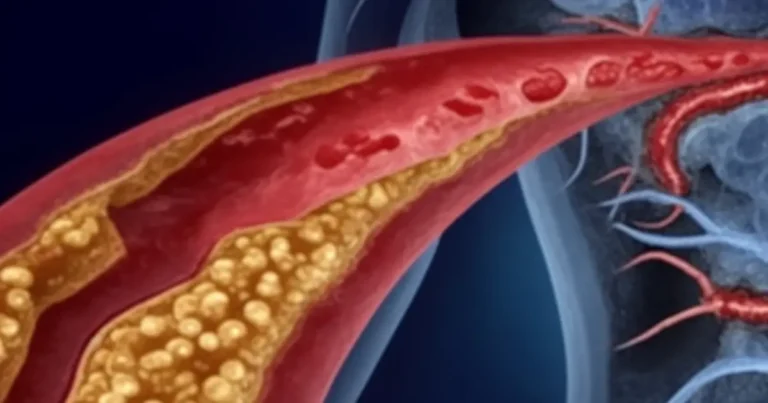Understanding Cholesterol Levels
You’re told by your physician you need to lower your cholesterol in order to live a healthier life. The blood tests you had done show the total cholesterol levels to be over 200. But what does that really mean and how do you get started towards reducing your cholesterol? To begin, cholesterol is a naturally occurring substance that is made by your body and cholesterol is derived from the food you eat.
Most laboratory results tell you where your blood compares within a predetermined desirable range. These lab tests look at five separate components:
- Cholesterol
- This is the total cholesterol. Levels over 200 are considered elevated. A good level for cholesterol is 175 mg/dL or less.
- Triglycerides
- This represents the blood fats. They will be elevated after a fatty meal and require a fasting test to be accurate. The desired range is 30-175 mg/dl
- HDL
- This is good cholesterol. The higher the number, the better. Adult female mean is 55 mg/dl
- LDL
- This is the low density lipoprotein cholesterol. The higher the number, the more risk of hardening of the arteries. Below 130 mg/dL’s desirable for adults.
- Cholesterol/HDL Ratio
- Levels less than 4.5 indicates less risk of coronary heart disease.
The HDL and LDL levels together with the triglyceride level make up your “lipid profile.”
Bottom line: Elevated cholesterol is a major risk factor for heart disease. Lipoproteins are the vehicles for moving cholesterol and fat throughout the body. The LDL travels “outbound” from the liver and can deposit on the inside of vessel walls. The HDL takes cholesterol “inbound” back to the liver for excretion and can help remove plaque from arterial walls. A good way to remember which numbers are desirable for HDL and LDL, is to think High HDL’s and Low LDL’s.
Dietary Habits
Most people don’t like sudden, radical changes in diet, and do better if they develop good dietary habits over a time span. You can simplify this whole complicated business by cutting down on the largest sources of the saturated fats in your diet.
Fortunately, there are easy approaches to changing intake of these major foods.
- With eggs, you just have to cut down the number per week; two eggs a week is a good ration.
- For butter, use soft or liquid margarine instead. Some evidence suggests that solid margarine’s are not much different from butter.
- For milk, just use low-fat or nonfat milk. The calcium and other nutrients in milk are very good for you.
- For animal fats, don’t eat these foods often. A good rule for many people is to avoid having red meat two days in a row. This is easy, and it gets variety into your diet. Remember, it is really the white fat in the red meat that is the problem. Pork, bacon, hot dogs, and sausage are not “red” but usually have a great deal of animal fat. When you do have meat, choose a less tender cut, trim the fat extensively before cooking, broil so that the fat burns or runs off during cooking, and cook the meat a little more well done.
- If at all possible, don’t fry food; this usually adds saturated fat. If you do fry, avoid saturated fats, palm oil, and coconut oil. Monounsaturated fats such as olive oil, peanut oil, and canola oil may actually be good for you.










I love a Fatty steak cooked in lots of butter! What’s not to love!